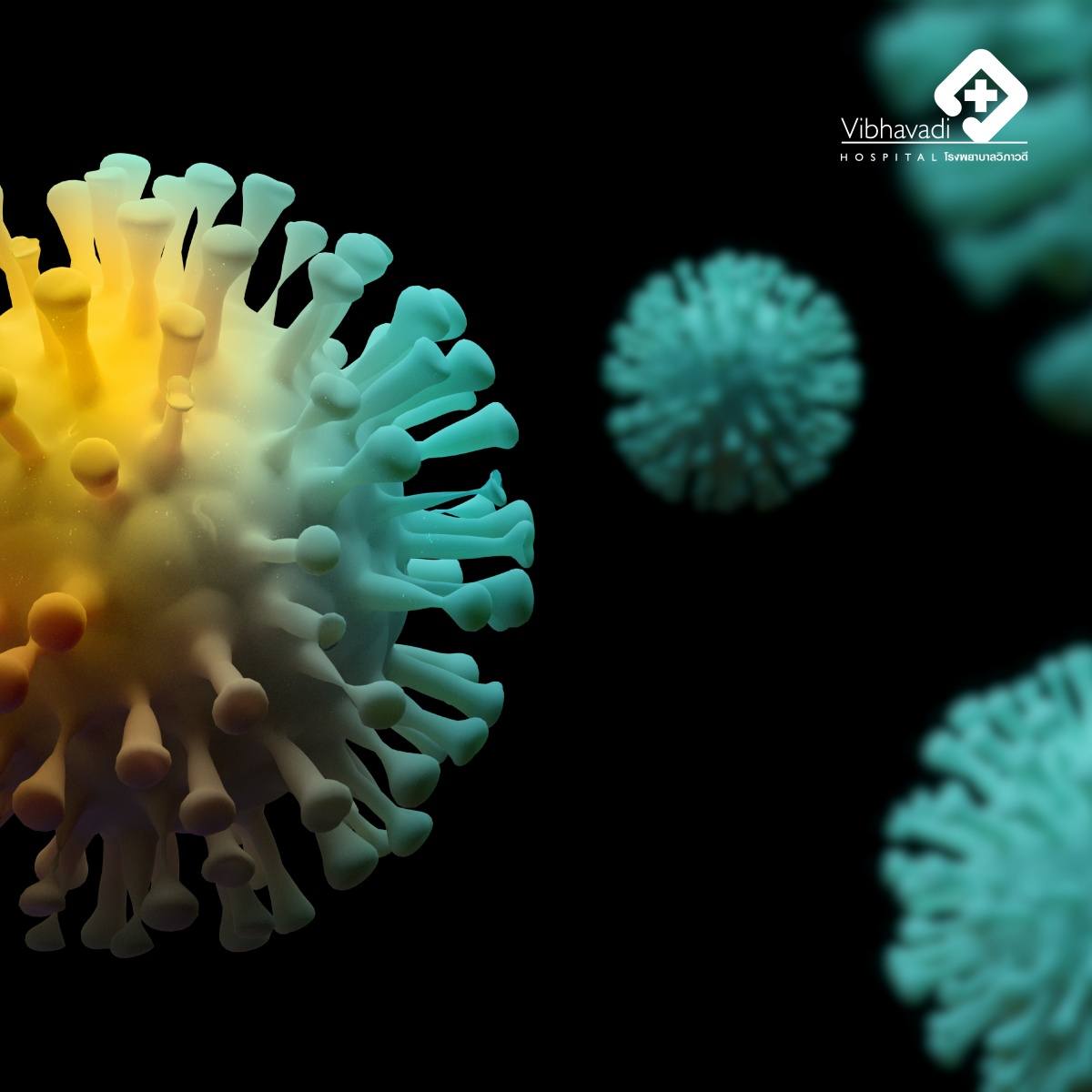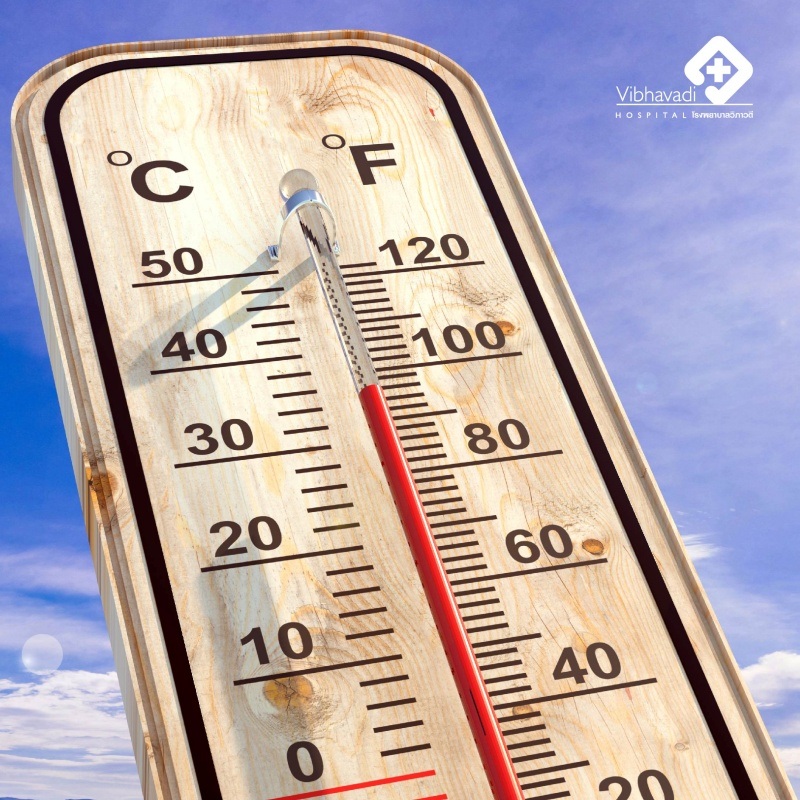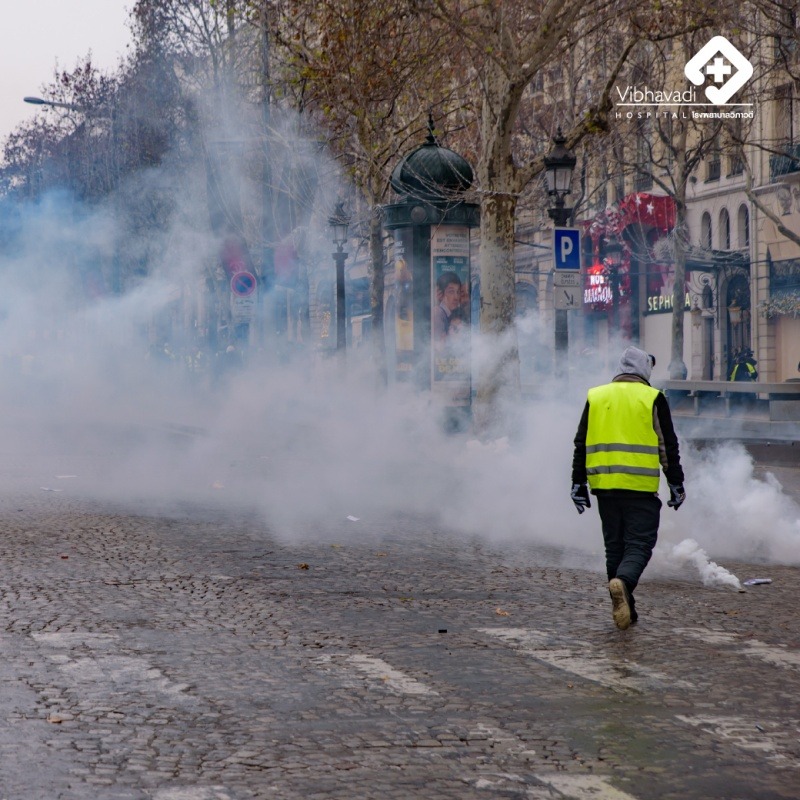Beware Of Hidden Dangers During The Rainy Season
Beware Of Hidden Dangers During The Rainy Season
Dr. Dr. Pakin Lowasathaporn,
Dermatologist at Vibhavadi Skin and Laser Center.
During this rainy season, we often encounter humid weather that can sometimes cause rashes on the skin. Skin problems that commonly occur during the rainy season are often caused by fungal infections. These infections thrive in damp conditions and can result in various types of rashes. The following are the most frequently encountered rashes:
1. Tinea versicolor: This rash appears as whitish or flesh-colored patches, which may be brown in some individuals. It often occurs on the chest and torso and may be accompanied by itching. This type of rash is characteristic of tinea versicolor, which is commonly found in children and adolescents with poor hygiene habits or who dislike bathing. Tinea versicolor is caused by a type of fungus called Malassezia furfur, which is normally present on the skin but does not typically cause disease.
2. In individuals who are overweight or have a weak immune system, such as those with diabetes, red rashes may occur in the folds of the skin, such as in the armpits, groin, or under the breasts. These rashes are often accompanied by intense itching and are caused by a Candida yeast infection. They can be treated with general antifungal medications but may recur frequently since this yeast is normally found in our bodies, such as in the mouth, digestive tract, and genital area.
3. In areas with heavy rainfall, flooding may occur, making it unavoidable to walk through damp and stagnant water. It is important to promptly clean and dry the feet, as failure to do so may result in the skin peeling off, becoming whitish and moist, or even developing open sores with yellowish exudate on the skin. This condition is known as "trench foot" or a fungal infection of the feet. The causative agent is usually found in the environment, such as in rocks, soil, sand, and even in pets like dogs and cats. The rash on the feet may spread to other parts of the body, commonly causing a rash in the groin area known as jock itch.
4. Athlete's foot: This condition is characterized by small cracks or fissures on the soles of the feet or between the toes. It is caused by a specific type of bacterial infection and is commonly found in men who wear thick synthetic socks, which tend to retain moisture during the rainy season.
If observed carefully, it can be seen that the main cause of these diseases is usually due to walking in dirty water or allowing the skin to remain damp for extended periods. Therefore, the first line of defense is to avoid walking through puddles or getting wet in the rain. If unavoidable, it is advisable to remove wet clothes immediately upon returning home and take a thorough shower using regular soap or cleansing agents. There is no need to use special antifungal solutions as they may be too strong. After showering, dry the body with a towel or use a hairdryer until completely dry. Applying talcum powder can help reduce moisture and friction on the skin. Additionally, wearing flip-flops can also help reduce the chances of fungal infections on the feet.















